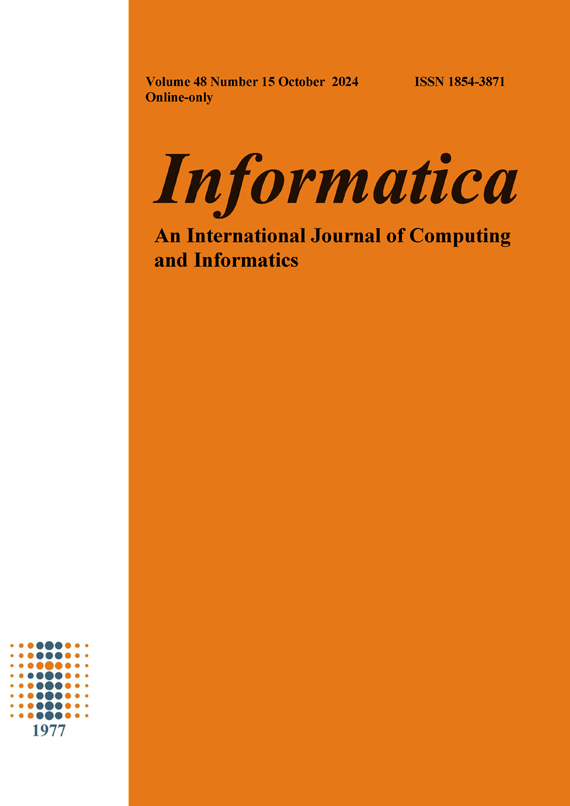Application of GAN-Based Data Encryption Technology in Computer Communication System
DOI:
https://doi.org/10.31449/inf.v48i15.6390Abstract
With the development of information technology, it is an important issue to ensure the secure transmission and storage of data in today's society. An experimental and innovative encryption method based on selected ciphertext attacks and improved adversarial neural networks was proposed to improve the security performance of computer communication systems under various attack modes. The experiment conducted a comprehensive security analysis of the proposed encryption technology and verified its effectiveness in resisting different types of attack modes by simulating different attack scenarios. The results showed that in the comparison of convergence iterations of different models, when iterations were 38, the research model first iterated to a stable state, corresponding to a fitness value of 0.612. In the comparison of AUC values, the ROC area under the curve of the research method, Blockchain technology, X-IDEA, and image encryption algorithms based on hyperchaotic systems and improved quantum rotation gates were 0.978, 0.967, 0.951, and 0.914, respectively. The values of the research method were significantly larger. In the comparison of average classification accuracy, on dataset A, when the system iterated 75 times, the research method had the maximum classification accuracy, with a value of 98.24%. The stable average classification accuracy of Blockchain technology, X-IDEA algorithm, and image encryption algorithms based on hyper chaotic systems and improved quantum rotation gates were 93.21%, 94.57%, and 96.23%, respectively. Compared to the HS-IQRG technology, the encryption accuracy of the research method was 0.963, 0.977, 0.968, 0.979, and 0.958 when the PU power was 0.5:1, 1.0:1, 1.5:1, 2.0:1, and 2.5:1, respectively. When the system ran on dataset A 44 times, the time it took for the research method to reach a stable state was only 0.0424 seconds, which was 0.0008 seconds faster than the HS-IQRG technology. The above results all show that the research method can encrypt data. Meanwhile, this method learns a safe password generation method in the automated system, which makes certain contributions to computer communications. This experiment provides a new theoretical perspective on achieving more secure computer communication systems by combining CCA and ANC technologies. From a technical point of view, the effectiveness of the proposed method is verified through performance testing, which provides an experimental basis for the application of the technology. Meanwhile, the application potential of this technology in different network environments is discussed, providing a valuable reference for future communication security practices.
Downloads
Published
Issue
Section
License
I assign to Informatica, An International Journal of Computing and Informatics ("Journal") the copyright in the manuscript identified above and any additional material (figures, tables, illustrations, software or other information intended for publication) submitted as part of or as a supplement to the manuscript ("Paper") in all forms and media throughout the world, in all languages, for the full term of copyright, effective when and if the article is accepted for publication. This transfer includes the right to reproduce and/or to distribute the Paper to other journals or digital libraries in electronic and online forms and systems.
I understand that I retain the rights to use the pre-prints, off-prints, accepted manuscript and published journal Paper for personal use, scholarly purposes and internal institutional use.
In certain cases, I can ask for retaining the publishing rights of the Paper. The Journal can permit or deny the request for publishing rights, to which I fully agree.
I declare that the submitted Paper is original, has been written by the stated authors and has not been published elsewhere nor is currently being considered for publication by any other journal and will not be submitted for such review while under review by this Journal. The Paper contains no material that violates proprietary rights of any other person or entity. I have obtained written permission from copyright owners for any excerpts from copyrighted works that are included and have credited the sources in my article. I have informed the co-author(s) of the terms of this publishing agreement.
Copyright © Slovenian Society Informatika








